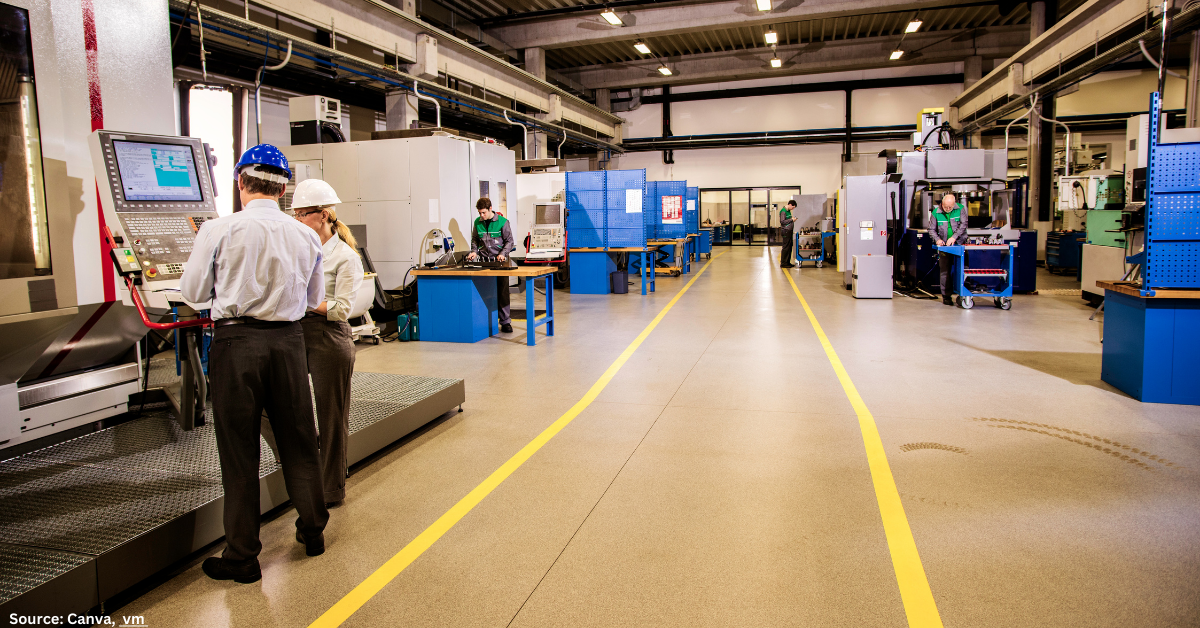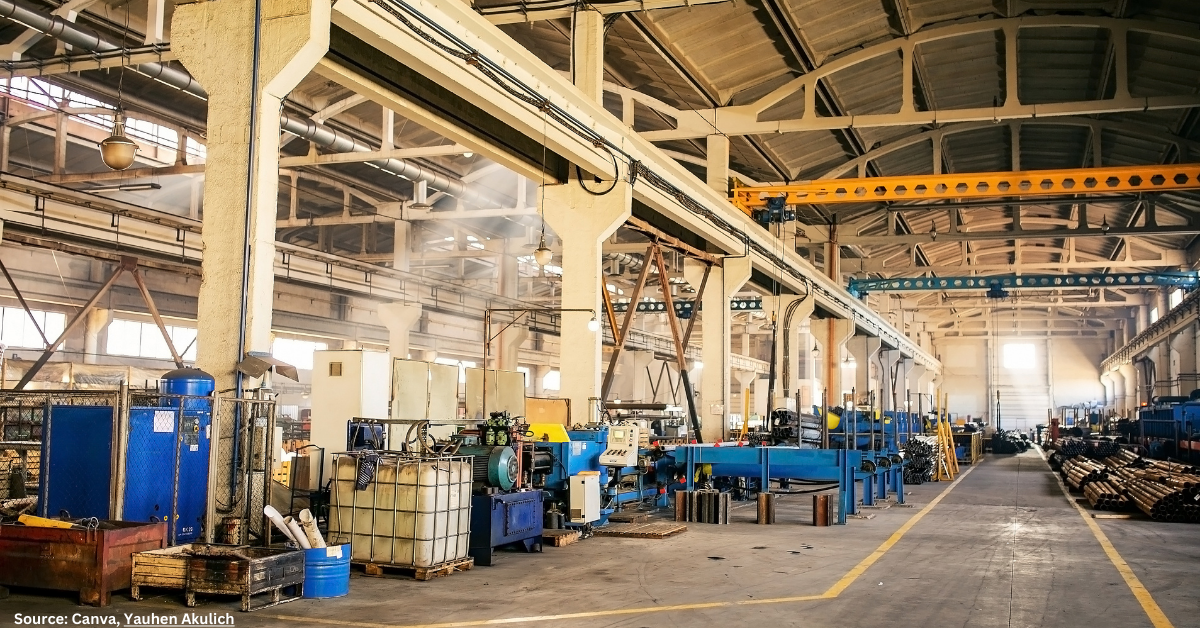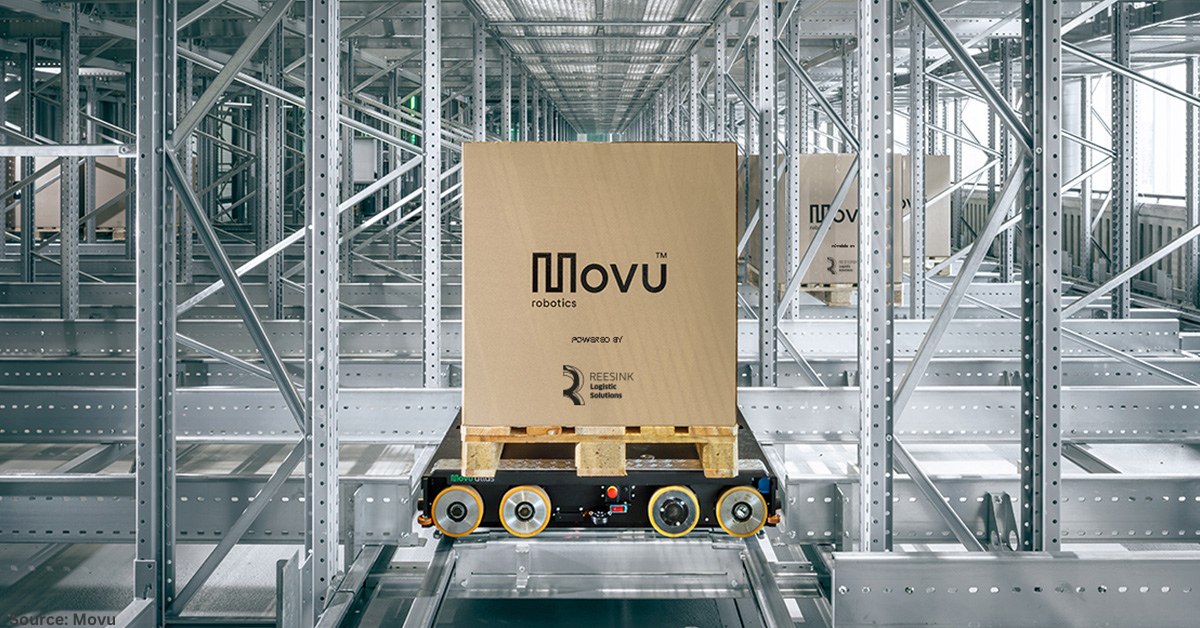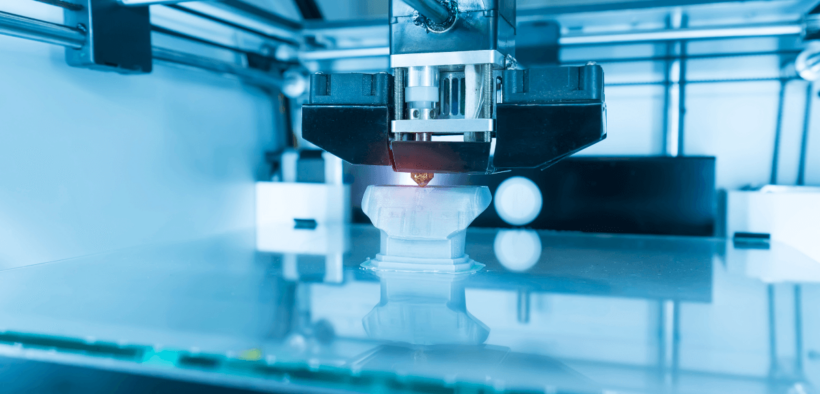In recent years, 3D printing, also known as additive manufacturing, has emerged as a groundbreaking technology with the potential to revolutionise various industries. Traditionally, supply chains have relied on mass production, warehousing, and transportation, leading to inefficiencies, high costs, and long lead times.
However, 3D printing offers a new paradigm that can reshape the entire supply chain process. In this article, we will explore the revolutionary potential of 3D printing and its numerous advantages for the supply chain.
- On-Demand Manufacturing
One of the key advantages of 3D printing is its ability to enable on-demand manufacturing. Unlike traditional manufacturing methods that require long setup times and large production runs, 3D printing allows for the creation of products on a case-by-case basis. This capability eliminates the need for excessive inventory storage and costly production tooling. With 3D printing, businesses can quickly respond to changing customer demands and produce goods as and when needed, resulting in reduced inventory costs and a more streamlined supply chain.
- Supply Chain Localisation
3D printing has the potential to localise production, significantly reducing the need for global supply chains. By bringing manufacturing closer to the end consumer, companies can overcome the challenges associated with long-distance transportation, customs, and tariffs. Localised production also offers the advantage of shorter lead times, which translates into faster product delivery. Furthermore, by reducing reliance on overseas production, businesses can enhance their resilience to disruptions such as natural disasters or geopolitical tensions. - Customisation and Personalisation
Traditional manufacturing methods often struggle to cater to individual customer preferences due to their reliance on mass production. However, 3D printing enables a high degree of customisation and personalisation. By utilising computer-aided design (CAD) software, manufacturers can create unique and tailored products to meet individual customer requirements. This customisation capability not only enhances customer satisfaction but also eliminates the need for excess inventory and the associated costs. - Reduced Waste and Sustainability
The environmentally-friendly nature of 3D printing makes it an appealing solution for sustainable supply chain practices. Unlike traditional manufacturing, which generates significant material waste, 3D printing employs an additive process that utilises only the required amount of material to build the desired object. This reduction in waste material not only saves costs but also minimises the environmental impact of production. Additionally, 3D printing enables the use of recyclable materials, further enhancing its sustainability credentials. - Spare Parts and Maintenance
The availability and cost of spare parts can significantly impact the efficiency of supply chains. With 3D printing, companies can overcome the challenges associated with sourcing and stocking spare parts. By maintaining a digital inventory of CAD files, businesses can produce spare parts on-demand, reducing lead times and costs. This capability is particularly beneficial for industries with complex and expensive machinery, enabling them to minimise downtime and improve overall operational efficiency.
As technology continues to advance, 3D printing is rapidly transforming the supply chain landscape. Offering on-demand manufacturing, supply chain localisation, customisation, waste reduction, and improved spare parts management, 3D printing is revolutionising the way products are designed, produced, and distributed.
Embracing this innovative technology empowers businesses to create leaner, more flexible supply chains that are better equipped to meet customer demands and adapt to dynamic market conditions. The potential benefits of 3D printing for the supply chain are immense, and as the technology continues to evolve, its impact is set to become even more profound in the years to come.

























































Follow us on social media